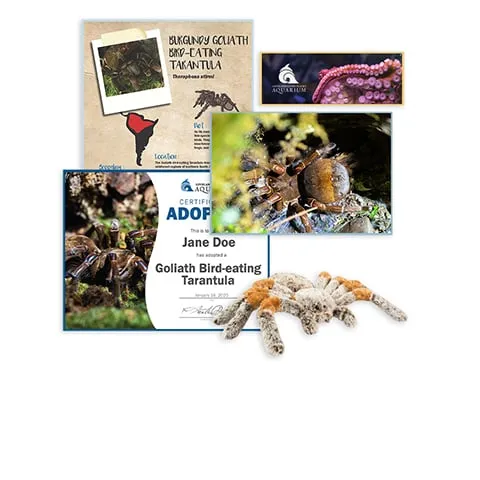Understanding the Goliath Bird Eater Tarantula
The Goliath Bird Eater Tarantula, scientifically known as Theraphosa blondi, is one of the largest spider species in the world. These impressive arachnids, native to the rainforests of northern South America, can be a fascinating addition to a dedicated pet owner’s collection. This comprehensive guide offers essential insights into caring for these remarkable creatures, ensuring their well-being and your safety. Understanding their needs is the first step towards providing a healthy and enriching environment for your Goliath Bird Eater. Proper care involves understanding their natural behaviors, habitat requirements, and potential health concerns.
What is a Goliath Bird Eater Tarantula?
The Goliath Bird Eater Tarantula is a species of tarantula native to the rainforests of South America. They are named for their impressive size and the occasional reports of them consuming small birds, although their primary diet consists of insects, worms, and small vertebrates. These spiders are known for their defensive behavior, which includes kicking urticating hairs and, if provoked, delivering a bite. Despite their intimidating appearance, they are generally docile if handled with care and respect. Their lifespan can be significant, with females living for up to 25 years, while males tend to have a shorter lifespan of around 3 to 6 years. They are popular amongst experienced hobbyists due to their size and unique characteristics.
Size and Appearance of Goliath Bird Eaters
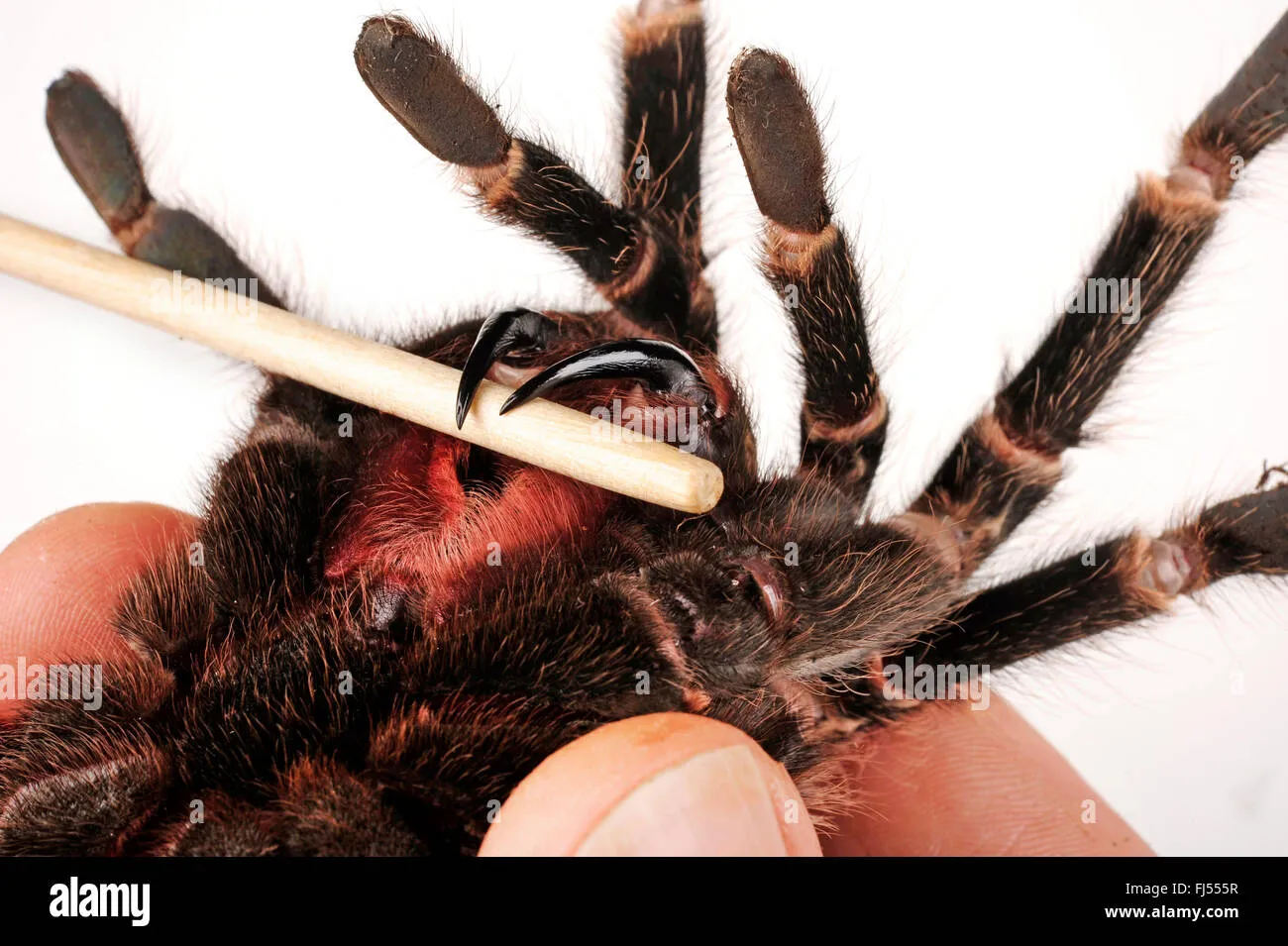
Goliath Bird Eaters are the largest tarantulas in the world, with leg spans that can reach up to 12 inches (30 cm). Their bodies can be over 4 inches (10 cm) long. They have a robust build with thick, hairy legs. Their coloration is typically a dark brown, with reddish hairs covering their legs and body. They have large fangs, capable of injecting venom, although their bite is not usually lethal to humans but can cause significant pain and discomfort. Their large size and striking appearance make them a prized species among tarantula enthusiasts. These spiders also have a dense covering of urticating hairs, which they can flick towards perceived threats, causing skin irritation.
Habitat and Natural Behavior
In the wild, Goliath Bird Eaters live in burrows within humid rainforest environments, primarily in northern South America, including areas of Brazil, Venezuela, Guyana, and Suriname. They are nocturnal hunters, spending the day hidden in their burrows and emerging at night to ambush prey. Their diet consists mostly of insects, but they will also consume small vertebrates like lizards, rodents, and occasionally small birds – hence their name. They are ambush predators, relying on their size and the element of surprise to capture their food. In captivity, replicating their natural habitat is crucial for their well-being, which includes maintaining appropriate temperature, humidity, and a suitable substrate for burrowing.
Essential Equipment for Your Tarantula
Setting up the right environment is essential for your Goliath Bird Eater’s health and happiness. This includes selecting an appropriate enclosure, providing a suitable substrate, and maintaining the right temperature and humidity levels. It’s important to research and plan the setup thoroughly before acquiring your tarantula. Ensure you have all the necessary equipment ready to create an optimal habitat that mimics their natural environment as closely as possible. Proper housing not only contributes to their physical health but also allows them to exhibit natural behaviors, reducing stress and promoting a longer lifespan.
The Right Enclosure
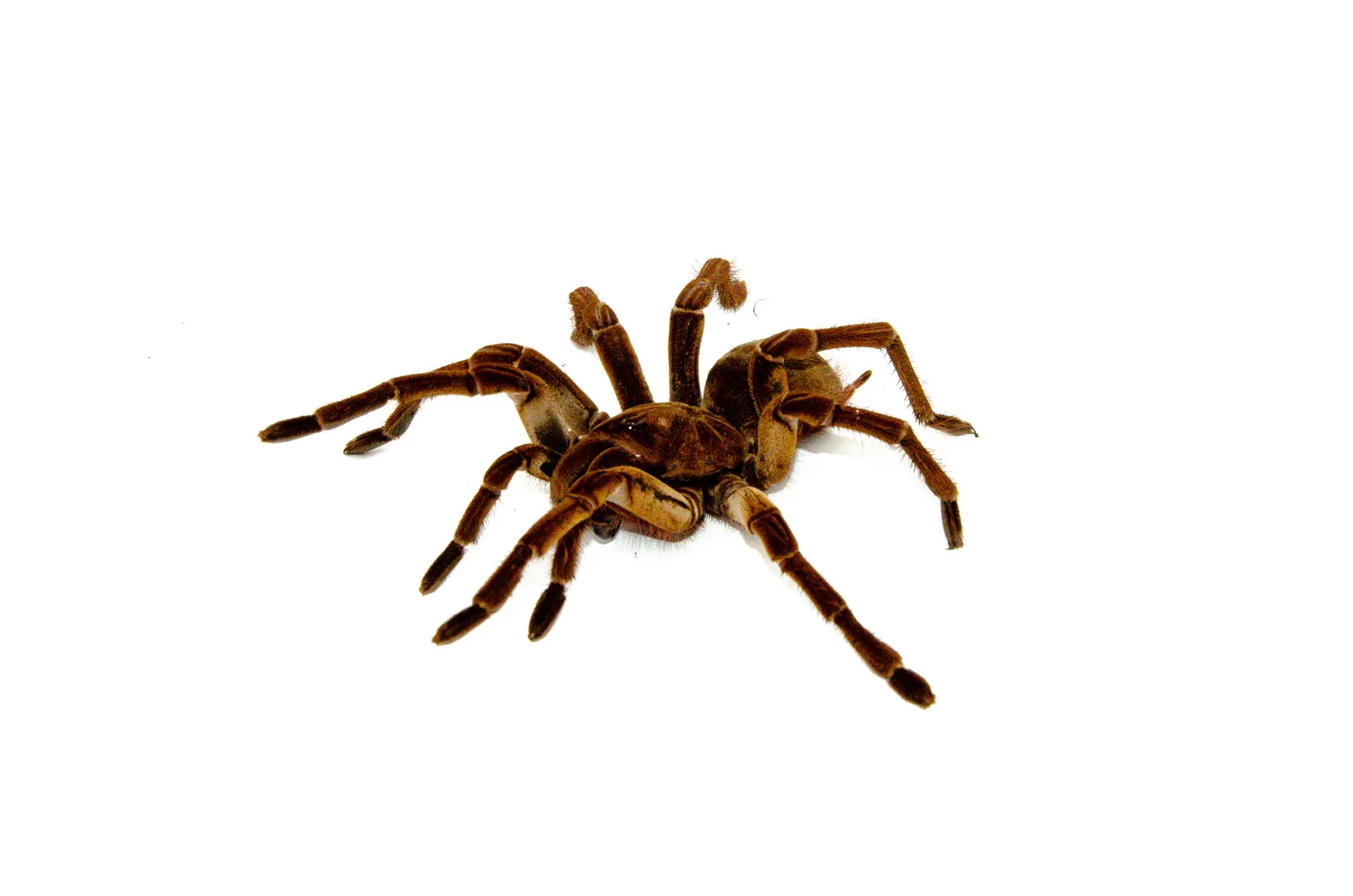
Choose a large, well-ventilated enclosure for your Goliath Bird Eater. A glass or plastic terrarium is ideal, with a minimum size of 24x18x18 inches (60x45x45 cm) for an adult. The enclosure should have a secure lid to prevent escapes. Ensure there are adequate ventilation holes to allow for air circulation while maintaining humidity. Avoid enclosures with sharp edges or materials that could be harmful to the tarantula. The size of the enclosure should accommodate the tarantula’s full size to provide adequate space for movement and burrowing. Ensure the enclosure is easy to clean and maintain to ensure a hygienic living environment.
Substrate and Decor
The substrate is a critical component of your Goliath Bird Eater’s habitat. Use a substrate that allows for burrowing, such as a mix of peat moss, coconut fiber, and a bit of topsoil. The substrate should be at least 6-8 inches (15-20 cm) deep to allow the tarantula to create a burrow. Provide hiding places like cork bark, artificial plants, or half logs. These decorations offer security and promote natural behaviors. Always ensure that the decor is non-toxic and safe for the tarantula. Regularly check the substrate for cleanliness, and replace it as needed to prevent the buildup of waste and maintain hygiene.
Temperature and Humidity Control
Goliath Bird Eaters thrive in a warm, humid environment. Maintain a temperature between 75-85°F (24-29°C) using a heat mat or a low-wattage heat lamp. Place the heat source on one side of the enclosure to create a thermal gradient. The humidity should be kept between 75-85%. Use a hygrometer to monitor humidity levels. Mist the enclosure regularly with dechlorinated water, and provide a shallow water dish for drinking. Avoid direct sunlight, as it can overheat the enclosure. Consistent monitoring and adjustments are key to maintaining optimal conditions.
Feeding Your Goliath Bird Eater
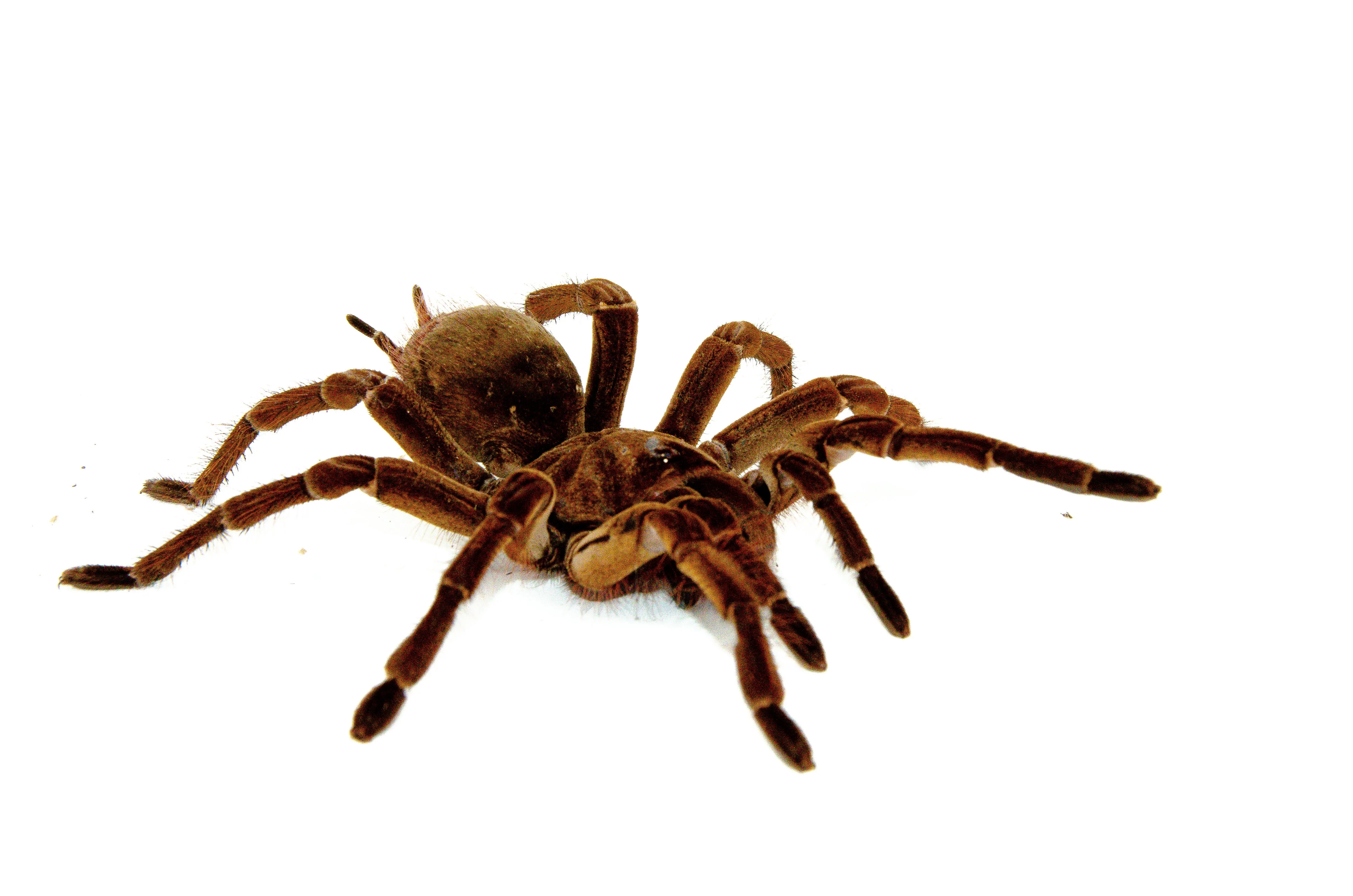
Providing the right diet is crucial for the health and longevity of your Goliath Bird Eater. Their dietary needs are relatively straightforward, but it’s important to offer a variety of nutritious food items and to monitor their feeding behavior. Overfeeding can be as harmful as underfeeding, so understanding the appropriate feeding frequency and portion sizes is important. Clean water is equally essential for hydration and overall well-being. A well-fed tarantula is a healthy tarantula, so let’s dive into the specifics of what, how often, and how much to feed your Goliath Bird Eater.
What to Feed Your Tarantula
The primary diet for Goliath Bird Eaters consists of insects. Offer a variety of insects such as crickets, mealworms, dubia roaches, and hornworms. Occasional treats like small vertebrates, such as pinky mice, can also be offered, but these should not be a regular part of their diet due to their high-fat content. Ensure that the insects you feed are gut-loaded (fed nutritious food before being offered to the tarantula) to provide maximum nutritional value. Avoid feeding wild-caught insects, as they may carry parasites or pesticides. Always remove uneaten food within 24 hours to prevent mold and bacterial growth.
Feeding Frequency and Portion Sizes
Feeding frequency varies depending on the age and size of your tarantula. Spiderlings should be fed 2-3 times a week, while juveniles can be fed once or twice a week. Adults can be fed once every 1-2 weeks. Adjust the feeding schedule based on the tarantula’s appetite and body condition. A well-fed tarantula will have a plump abdomen. If the abdomen appears too thin, increase the feeding frequency. If the tarantula refuses food, it may be in premolt. Always provide fresh water, and be prepared to adjust feeding based on molting cycles and overall health.
Watering and Hydration

Provide a shallow water dish with fresh, clean water at all times. The water dish should be small enough to prevent the tarantula from drowning. Check the water dish daily and refill it as needed. In addition to a water dish, mist the enclosure regularly to maintain the necessary humidity levels. This is particularly important during molting, as it helps the tarantula shed its exoskeleton properly. Ensure the water you use is dechlorinated or distilled, as tap water can contain chemicals harmful to your tarantula. Always monitor the water quality and provide a fresh water source.
Handling and Safety Precautions
Handling Goliath Bird Eaters should be approached with caution and respect. They are not typically aggressive, but they can be defensive and may bite or flick urticating hairs if they feel threatened. Understanding how to handle them safely and how to recognize signs of stress will help you minimize risks. Prioritizing safety is key when interacting with these impressive creatures, and learning proper techniques will ensure a safe and positive experience for both you and the tarantula. Never handle a tarantula unless necessary, and always be prepared for unexpected behavior.
Handling Tips and Techniques
Handling Goliath Bird Eaters is generally not recommended unless absolutely necessary, such as for enclosure cleaning or health checks. If handling is required, do so carefully and slowly, without sudden movements that might startle the tarantula. Approach the tarantula from the side and allow it to walk onto your hand. Avoid touching the tarantula’s fangs or abdomen. Always handle the tarantula over a soft surface, like a bed or a carpet, in case it falls. Never force the tarantula to move; let it decide when to move to your hand. Be patient and gentle, and be aware of the spider’s potential defensive behaviors.
Recognizing and Avoiding Bites
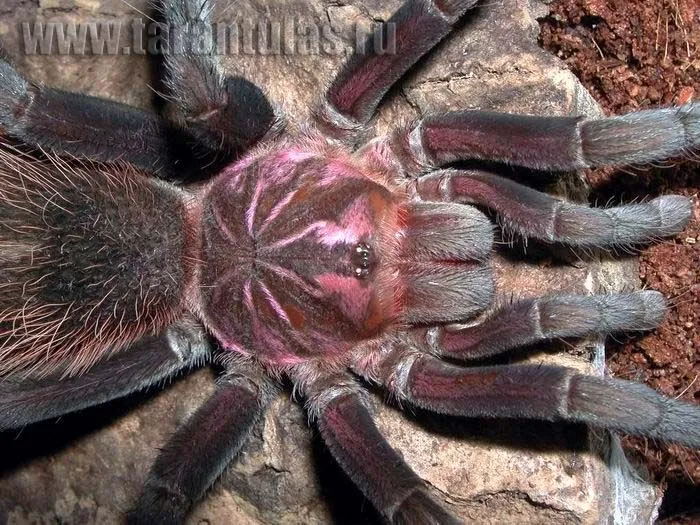
Recognizing the signs of a stressed tarantula is vital for avoiding bites. A stressed tarantula may raise its front legs, expose its fangs, or flick urticating hairs. If the tarantula exhibits any of these behaviors, it’s best to leave it alone. A bite from a Goliath Bird Eater can be painful, and the venom can cause localized pain, swelling, and muscle cramps. If bitten, seek medical attention immediately. Always wash the bite area with soap and water. To avoid bites, always respect the tarantula’s space and avoid sudden movements. Regular observation of your tarantula will help you recognize its behaviors and avoid potential problems.
Health and Wellness
Maintaining a healthy environment is crucial for your Goliath Bird Eater’s well-being. Regular monitoring for common health issues and taking proactive measures to prevent diseases will contribute to a longer and healthier life for your tarantula. Proper care, including appropriate diet, a clean enclosure, and controlled environmental conditions, can significantly reduce the risk of health problems. Understanding potential health issues and implementing preventative care are key aspects of responsible tarantula ownership, ensuring that your pet thrives in your care.
Common Health Issues
Common health issues in Goliath Bird Eaters include mites, fungal infections, and injuries. Mites can be introduced through contaminated substrate or food. If you notice mites, remove the affected substrate and clean the enclosure thoroughly. Fungal infections can occur if the enclosure is too humid or poorly ventilated. Symptoms may include lethargy or discolored spots on the tarantula. Address fungal infections by improving ventilation and, if necessary, consulting with a veterinarian. Injuries can result from falls or contact with sharp objects in the enclosure. Provide a safe environment to minimize risks.
Preventative Care and Regular Checks
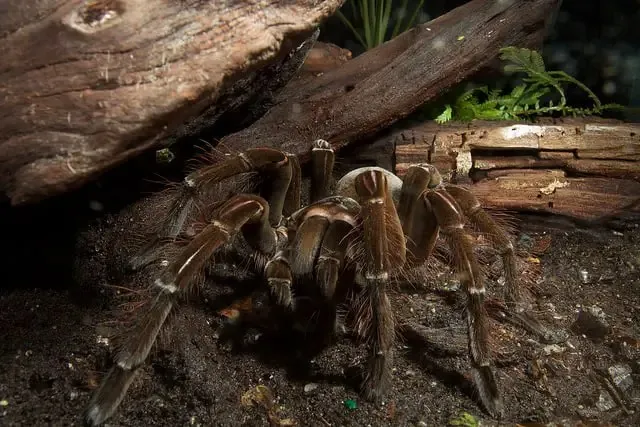
Preventative care includes maintaining a clean environment, providing a balanced diet, and regularly inspecting your tarantula. Regularly inspect the enclosure for waste and clean it as needed. Check your tarantula for any signs of illness, such as lethargy, loss of appetite, or unusual behavior. Ensure the environment is maintained at the correct temperature and humidity levels. Provide a varied diet and avoid overfeeding. If you notice any health concerns, consult with a veterinarian or an experienced tarantula keeper. Regular monitoring and proactive care are key to ensuring your tarantula’s health and longevity.
Breeding and Reproduction
Breeding Goliath Bird Eaters is a complex process that should only be undertaken by experienced tarantula keepers. It requires careful preparation, monitoring, and handling of both the male and female tarantulas. Successfully breeding Goliath Bird Eaters involves understanding the sexing process, preparing the environment, and closely observing the breeding process. If you’re considering breeding your Goliath Bird Eaters, it’s essential to be well-prepared, have the necessary knowledge, and be equipped to manage all aspects of the process. Improper breeding can lead to harm to the tarantulas, so thorough preparation is essential.
Sexing Your Tarantula
Sexing a Goliath Bird Eater can be done by examining the molt. The female will have a spermatheca (a receptacle for storing sperm), which is visible in the molt. The male will have a simple groove between the book lungs. It is generally easier to sex the tarantula when it is close to adulthood or after it has molted several times. Another method is to check for tibial hooks on the male’s front legs. The male uses these hooks to hold the female’s fangs during mating. Accurate sexing is important for successful breeding. Consulting with an experienced keeper or a veterinarian can provide assistance.
The Breeding Process
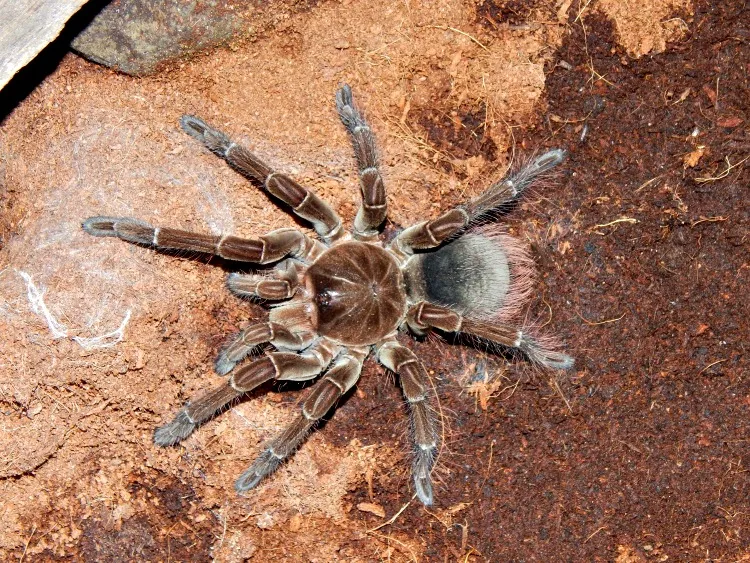
The breeding process begins by introducing the male to the female’s enclosure. This introduction needs to be carefully managed to avoid the female attacking the male. It is recommended that the male is introduced after the female has eaten. The male should approach the female slowly, tapping his pedipalps on her fangs to initiate the mating ritual. If the female accepts the male, they will mate. After mating, the male should be removed quickly to prevent him from being eaten. The female will lay an egg sac containing hundreds of eggs. The eggs will hatch within a few weeks, and the spiderlings will need to be separated and provided with their own enclosures. Breeding requires extensive knowledge and preparation to ensure the safety of both tarantulas.
Final Thoughts
Caring for a Goliath Bird Eater Tarantula can be a rewarding experience for the dedicated hobbyist. These magnificent creatures offer a unique opportunity to observe fascinating behavior and enjoy the beauty of the natural world. Proper care is essential for their well-being and to ensure a long and healthy life. By understanding their needs, providing a suitable environment, and practicing safe handling techniques, you can create a thriving habitat for your Goliath Bird Eater. Remember to stay informed, seek advice from experienced keepers, and enjoy the journey of caring for these extraordinary arachnids.
